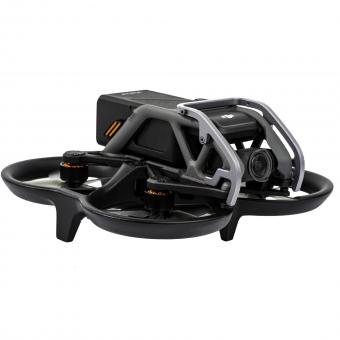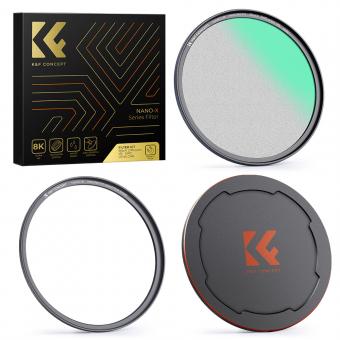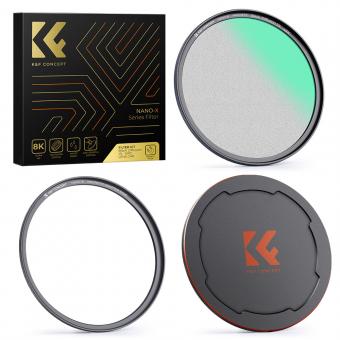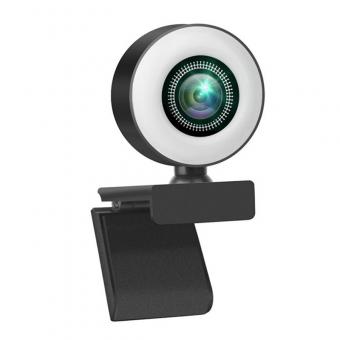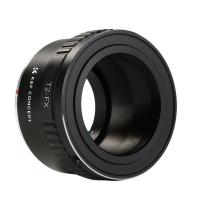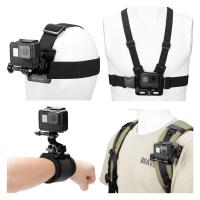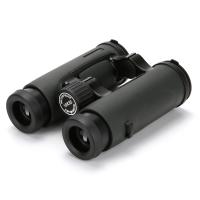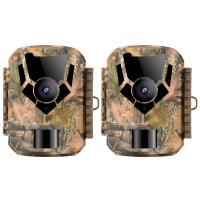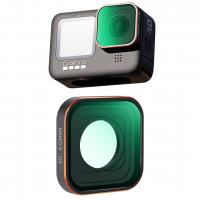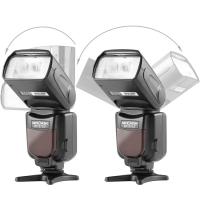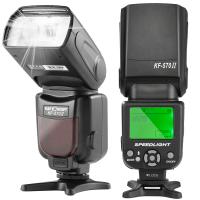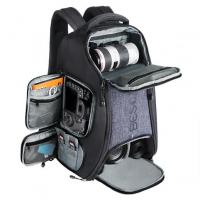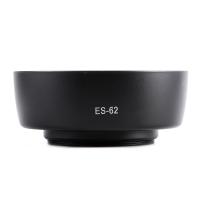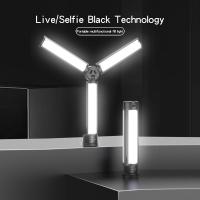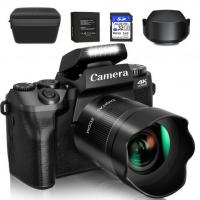How Does A Double Mirror Camera Filter Work?
A double mirror camera filter, often referred to as a beam splitter or a two-way mirror, is a specialized optical device used in various photography and imaging applications. Unlike conventional filters, which simply allow certain wavelengths of light to pass while blocking others, a double mirror filter essentially splits incoming light into two distinct pathways. This enables unique imaging techniques, such as simultaneous recording from multiple perspectives or advanced color separation. To understand how this fascinating device works, we need to delve into the science behind it, its practical applications, and the potential impacts on modern photography.
The Science Behind Double Mirror Camera Filters

A double mirror camera filter typically comprises two partially reflective surfaces set at an angle relative to each other. These surfaces are coated with specific materials that reflect a portion of the incoming light while transmitting the rest. In more technical terms, the filter uses interference coatings – thin layers of dielectric materials that cause some wavelengths of light to constructively and destructively interfere with each other. The result is a precise control over which wavelengths are reflected and which are transmitted.
The coatings on each mirror are tailored to the desired application, whether it's for specific color wavelengths or broader spectrum separation. By carefully choosing these coatings, manufacturers can create filters that split light into virtually any combination of wavelengths.
Practical Applications
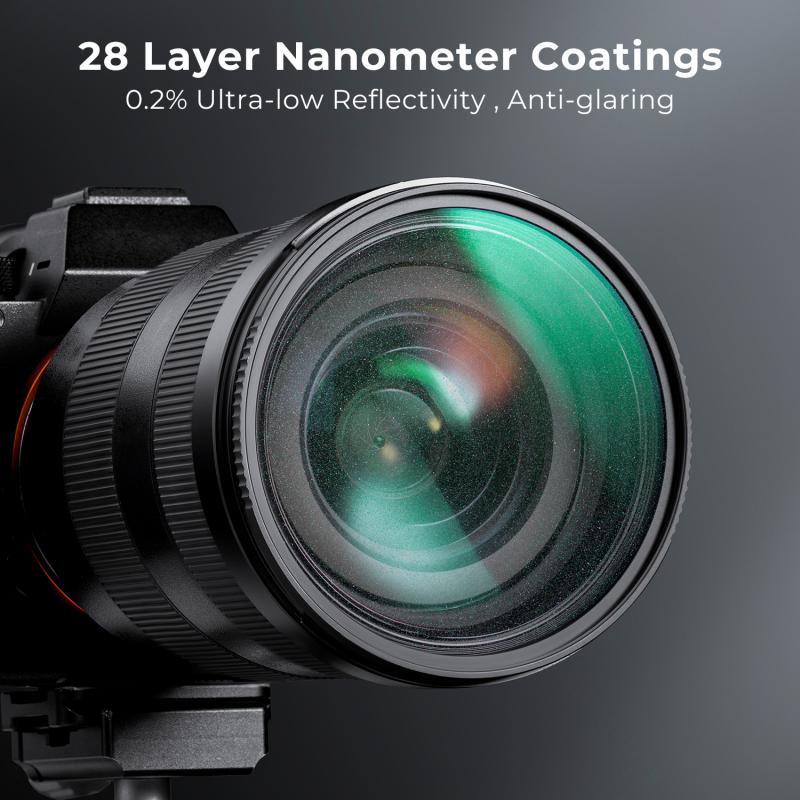
1. Stereo Photography and 3D Imaging

One of the most exciting applications of double mirror camera filters is in stereo photography and 3D imaging. By splitting the light into two separate paths, a single camera can effectively capture two images from slightly different angles. These images can then be combined to create a 3D effect, offering depth and realism that would be impossible with standard 2D imagery. This technique is widely used in cinematography for 3D movies and virtual reality applications.
2. Color Separation and Recombination
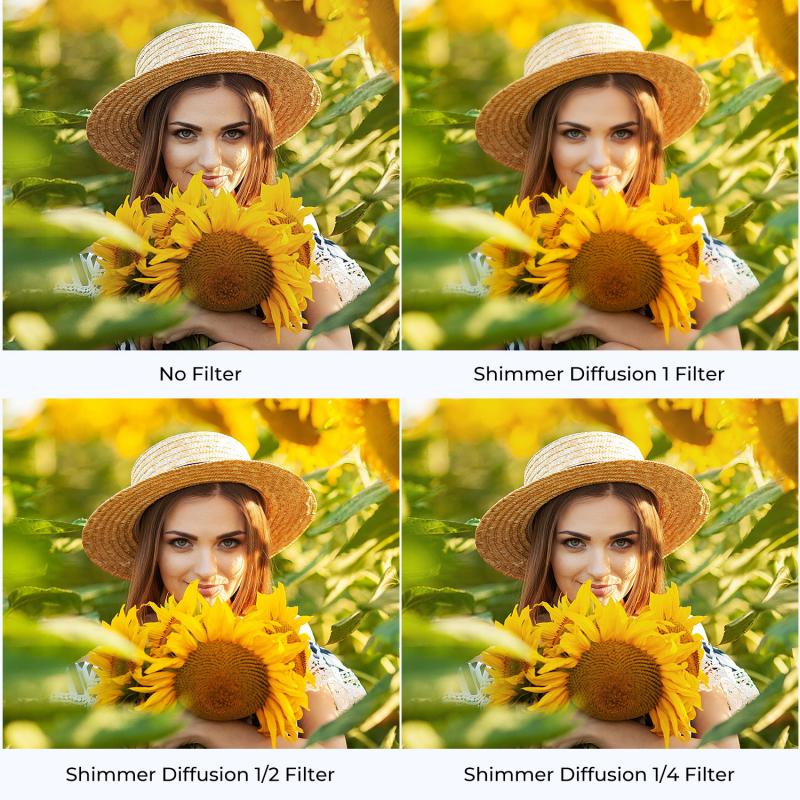
In scientific and industrial photography, precise color separation is often necessary. Double mirror camera filters can divide incoming light into its red, green, and blue components, allowing for meticulous analysis and manipulation of the color information. This is especially useful in fields like remote sensing, where identifying specific material signatures based on color can yield critical data. By recombining separated colors in various ways, photographers can create false-color images to highlight certain features not visible to the naked eye.
3. High Dynamic Range Imaging (HDRI)
High Dynamic Range Imaging (HDRI) is another area where double mirror camera filters prove invaluable. HDRI involves capturing multiple images of the same scene at different exposure levels and then merging them to produce a single image with a broader range of light intensities. Traditional HDRI techniques require multiple shots taken in quick succession, which can lead to issues with alignment and motion blur. Double mirror filters enable the simultaneous capture of high and low exposure images on separate sensors, ensuring perfect alignment and eliminating motion artifacts.
4. Beam Splitting in Optical Instruments
Beyond photography, double mirror camera filters are crucial in various optical instruments, such as microscopes and spectrometers. Beam splitting allows these devices to simultaneously direct light to different sensors or detectors, enabling more comprehensive data collection without the need for multiple setups. This is particularly important in scientific research, where precise measurements are essential.
Technical Considerations
Alignment and Calibration
Achieving optimal performance with a double mirror camera filter requires meticulous alignment and calibration. Even slight deviations can result in misalignment of the split beams, leading to distorted images or inaccurate data. Advanced mounting systems and adjustment mechanisms are commonly used to ensure precise positioning and maintain the filter's integrity over time.
Coating Durability
The effectiveness of a double mirror camera filter heavily depends on the quality and durability of its coatings. Over time, these coatings can degrade due to environmental factors such as humidity, temperature changes, and exposure to harsh chemicals. Manufacturers often employ protective layers or durable materials to extend the filter's lifespan and maintain its performance.
Light Loss and Efficiency
While double mirror camera filters are designed to maximize light transmission and reflection, some degree of light loss is inevitable. This is typically quantified in terms of efficiency, with higher efficiency indicating better performance. Users must consider this factor, especially in low-light conditions where maximizing the available light is crucial.
Impact on Modern Photography
Innovation and Creativity
The capability to manipulate light in ways not possible with traditional filters has opened up new avenues for innovation and creativity in photography. Whether it's creating stunning 3D visuals, capturing high-contrast HDRI scenes, or conducting precise color analysis, double mirror camera filters empower photographers and researchers to push the boundaries of what is possible.
Accessibility and Adoption
As technology advances and production costs decrease, double mirror camera filters are becoming more accessible to a broader audience. What was once reserved for high-end professional equipment is now available to enthusiasts and hobbyists, democratizing advanced imaging techniques. This widespread adoption is likely to spur further innovation and development in the field.
Integration with Digital Imaging
The integration of double mirror camera filters with digital imaging technologies has streamlined workflows and expanded capabilities. Digital sensors and image processing algorithms can take full advantage of the split light paths, enhancing image quality and enabling real-time adjustments. This synergy between optical hardware and digital software continues to drive progress and set new standards in imaging.
Double mirror camera filters represent a fascinating and powerful tool in the realm of photography and imaging. By splitting incoming light into separate pathways, these filters enable a host of advanced techniques, from 3D imaging and HDRI to precise color separation and scientific analysis. While there are technical challenges to consider, the benefits and possibilities offered by these devices are immense. As technology continues to evolve, double mirror camera filters will undoubtedly play a critical role in shaping the future of photography and optical sciences. Whether you're a professional photographer, a scientific researcher, or an enthusiastic hobbyist, understanding and leveraging the capabilities of double mirror camera filters can open up a world of creative and analytical opportunities.





